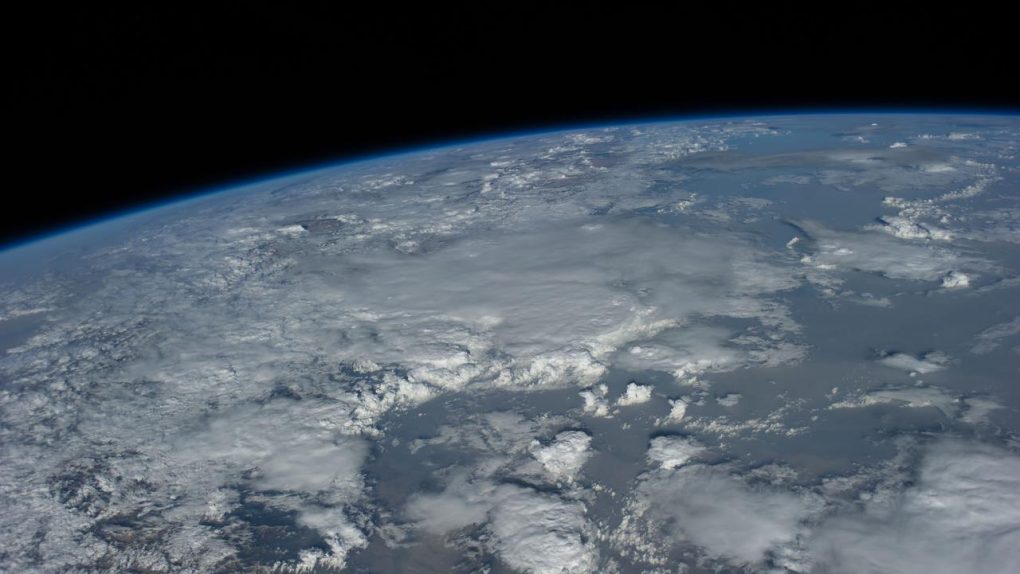- NASA launched a tiny CubeSat in mid-2018 as a proof of concept to study weather on Earth.
- The aim was to see if compact satellites could return “science-quality data” with a much lower cost than weather satellites that are much larger.
- The satellite not only outlived its original three-month lifespan, but it returned a wealth of data that proved useful for researchers.
Weather satellites are usually big, bulky monstrosities packed with advanced instruments that stream data back to Earth where it is interpreted by researchers and experts. On July 13th, 2018, a much smaller satellite took to the skies. It was called RainCube, and it was a NASA CubeSat the size of a shoebox. Its mission was to study weather on Earth and show scientists what a tiny satellite could do.
It was built to last just three months, and in those three months, it would send weather data back to Earth so that NASA could decide whether to pursue the miniaturized satellite effort or wait for new technologies to emerge in the future. It completed its three-month mission… and then three more months… and then three more. Finally, in late December of 2020, it died, having outlived and outperformed its design many times over.
The RainCube was orbiting Earth during some very important moments in recent weather history, including hurricanes Marco and Laura in 2020, and NASA used it to collect data that helped to inform 3D models of the storms.
“The key thing with RainCube wasn’t bringing in new science,” Simone Tanelli of NASA’s Jet Propulsion Laboratory said in a statement. “Instead, it was showing that we could give you similar data with a box that’s roughly 100 times smaller in volume than a full-size satellite.”
The tiny orbiter did exactly what it was designed to do, and NASA was pleased, but it also allowed NASA to experiment with new techniques for observing weather. Weather satellites circling the planet can’t follow storms as they move, and as such, they can’t provide the kind of long-term observations that might allow for even more detailed forecasts and predictions. Multiple CubeSats like RainCube could change that in a big way.
Instead of having one large satellite orbiting Earth and observing storms as it passes over them, an army of CubeSats could spread out in a way that allows them to constantly monitor a storm as it changes, handing off the observations to the next tiny satellite in the fleet and ensuring that scientists receive a steady stream of vital data.
RainCube’s journey ended when its orbit degraded and it burned up in Earth’s atmosphere, but its sacrifice was not in vain. The mission has shown that pint-sized satellites could be the future, and it might not be long before hurricanes and all manner of other weather events are monitored around the clock by tiny satellites working in tandem high above our heads.








